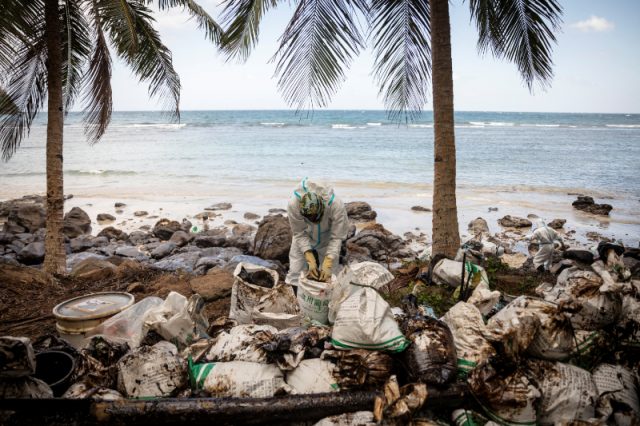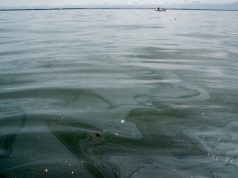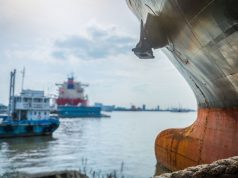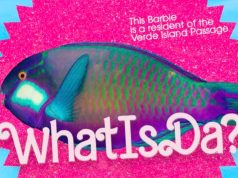
As authorities scramble to contain the oil spill in Oriental Mindoro, others have initiated hair donation drives to create hair booms—floating barriers used for coastal clean-up.
RELATED: Local barbershop collects hair to help Oriental Mindoro oil spill cleanup drive
University of the Philippines Visayas oil spill expert Resurreccion Sadaba, however, has earlier advised not to use hair to contain the oil spill because of its harmful impact on the environment.
In a 2014 news report, Sadaba cited that hair and feathers are made of keratin. These take a long to degrade and would just add to the pollution.
He made this comment after MV St. Thomas Aquinas sank in Cebu Province and also resulted in an oil spill.
The UP professor also warned that hair, especially salon-treated, may contain chemicals and bacteria that are harmful to the marine ecosystem.
Sadaba heads the task force to respond to the oil spill in Oriental Mindoro. The leaked industrial oil came from the sunken MT Princess Empress carrying 800,000 liters of oil.
RELATED: Boom placed to contain oil spill in Oriental Mindoro | Oil spill hits tourism in Oriental Mindoro
Alternative solutions
In the study of Bhairavi Doshi, Mika Sillanpaa, and Simo Kalliola, they reviewed bio-based materials for oil spill treatment.
Some of these materials include rice husks, silkworm cocoon waste, banana skins, luffa (agricultural waste), hybrid peel waste (banana skins and orange peel), and walnut shells.
These materials are “generally cost-effective and environmentally friendly due to their abundance and biological origin.”
The researchers, however, have noted that these materials have low oil absorption capacity and buoyancy properties.
The effectiveness of these bio-based sorbent materials could be improved, through simple, effective, and environmentally-friendly modifications, the study said.









